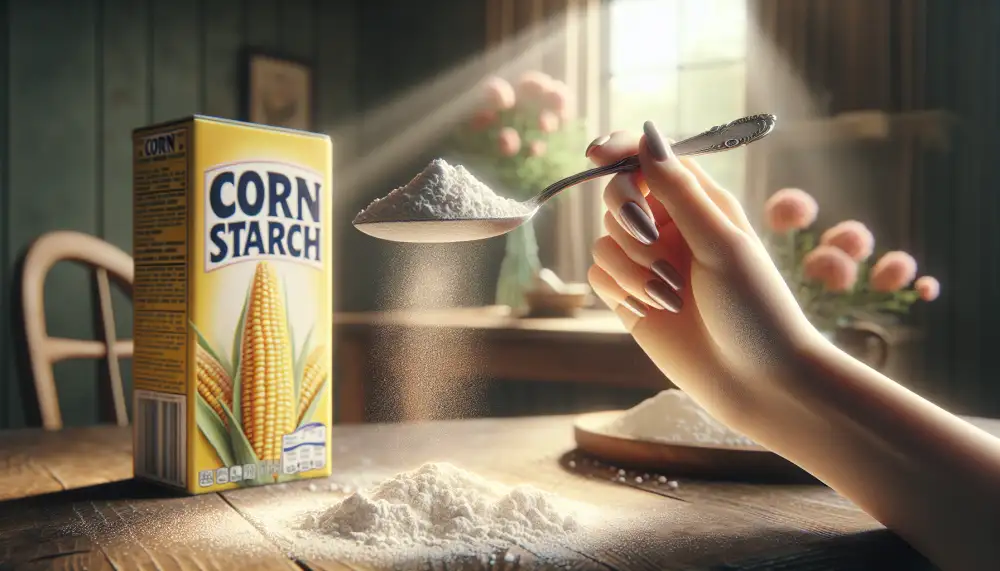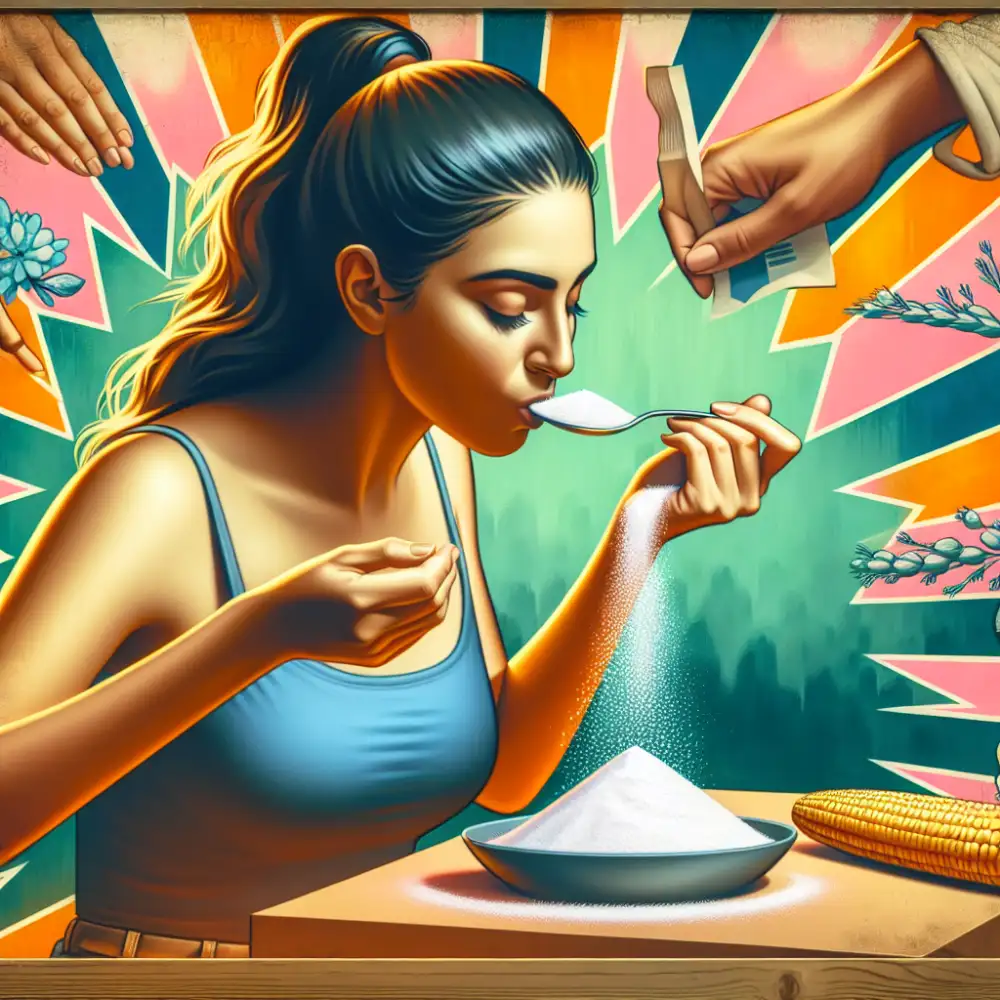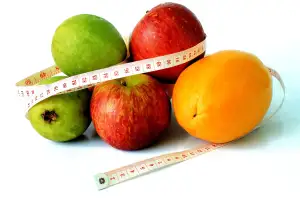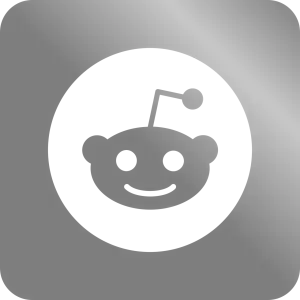Corn Starch Cravings: When They're More Than Just a Quirky Snack Attack

Pica
Pica is an eating disorder characterized by the persistent craving and consumption of non-nutritive substances. These substances have no nutritional value, such as cornstarch, soil, ice, or paper. While many people might occasionally crave and eat non-food items, those with pica do so regularly, often for extended periods. This behavior can be triggered by nutritional deficiencies, particularly iron-deficiency anemia, and is sometimes associated with other mental health conditions like obsessive-compulsive disorder or autism spectrum disorder.
Consuming cornstarch, a fine, white powder derived from corn, is a relatively common form of pica. People with this condition might eat cornstarch by itself, mix it with other foods, or even dissolve it in liquids. While cornstarch is generally considered safe for consumption in moderate amounts as part of a regular diet, consuming large quantities due to pica can lead to several health problems.
One of the most significant risks associated with cornstarch pica is nutritional deficiency. Since cornstarch replaces nutrient-rich foods in the diet, individuals with this condition may not get the vitamins and minerals needed for good health. This can lead to fatigue, weakness, pale skin, and other complications.
Additionally, consuming large amounts of cornstarch can cause digestive issues. Cornstarch is high in carbohydrates and can lead to constipation, bloating, and gas. In severe cases, it can even lead to intestinal blockages requiring medical intervention.
If you or someone you know is struggling with pica, seeking professional help is crucial. A healthcare provider can help determine the underlying cause of the condition and recommend appropriate treatment options. These may include nutritional counseling to address any deficiencies, therapy to address underlying psychological factors, and medication to manage co-occurring mental health conditions.
Nutritional Deficiency
Consuming cornstarch, especially in large quantities, can indeed contribute to nutritional deficiencies. This is particularly true when cornstarch consumption is related to pica, a condition characterized by the persistent craving and consumption of non-nutritive substances.
Cornstarch, while a source of carbohydrates, is very limited in its nutritional value. It lacks essential vitamins, minerals, and other nutrients vital for good health. When someone consumes significant amounts of cornstarch, it can displace the intake of nutrient-rich foods in their diet. This displacement can lead to deficiencies in iron, calcium, vitamin D, and other essential nutrients.
Iron deficiency can result in anemia, causing fatigue, weakness, and pale skin. Calcium and vitamin D deficiencies can impair bone health, increasing the risk of osteoporosis and fractures. Moreover, consuming large amounts of cornstarch can lead to constipation due to its low fiber content.

It's crucial to remember that addressing pica often involves identifying and treating any underlying nutritional deficiencies. If you or someone you know is struggling with pica or concerned about the potential health impacts of cornstarch consumption, it's essential to seek guidance from a healthcare professional.
Corn Starch Cravings
A craving for corn starch, while seemingly unusual, can be a sign of a condition called pica. Pica is an eating disorder characterized by a persistent desire to eat non-nutritive substances, things not typically considered food and lacking nutritional value. Individuals with pica might crave and consume substances like cornstarch, clay, ice, paper, or even dirt.
While the exact causes of pica are unknown, research suggests links to nutritional deficiencies, particularly iron-deficiency anemia, as well as mineral deficiencies like zinc or magnesium. Psychological factors, such as stress, anxiety, or obsessive-compulsive disorder, might also play a role. Cultural and socioeconomic factors have been associated with pica in some cases.
The craving for and consumption of cornstarch, often driven by pica, can have implications for an individual's health. Since cornstarch offers minimal nutritional value, it can lead to deficiencies in essential vitamins and minerals if consumed in place of nutritious foods. Excessive cornstarch intake can contribute to constipation due to its high starch content. In pregnant women, untreated pica, including cornstarch cravings, might be linked to complications like low birth weight or premature birth.
If you or someone you know experiences cravings for cornstarch or other non-food items, it's crucial to seek guidance from a healthcare professional. They can help determine the underlying cause, address any potential nutritional deficiencies, and provide appropriate treatment and support.
Health Risks
While cornstarch is a common kitchen staple, eating it in large quantities, especially raw, can pose health risks, particularly for those with pica. Pica is an eating disorder characterized by craving and consuming non-food items, often including cornstarch.
Cornstarch offers minimal nutritional value, lacking essential vitamins and minerals. Consuming large amounts can displace nutrient-rich foods, potentially leading to deficiencies. This is especially concerning for children, pregnant women, and individuals with existing health conditions.
Raw cornstarch can be hard to digest, potentially causing digestive issues like bloating, gas, and diarrhea. In severe cases, it may even lead to intestinal blockage, requiring medical attention.
Cornstarch is a carbohydrate and can impact blood sugar levels. This is particularly important for individuals with diabetes, who need to monitor their cornstarch intake carefully.

Some cornstarch products may contain additives or preservatives that could trigger allergic reactions in sensitive individuals. Always check the ingredient list carefully.
If you or someone you know is struggling with pica, seeking professional help is crucial. Addressing the underlying causes and developing healthy eating habits is essential for overall well-being.
The consumption of cornstarch, a behavior often linked to Pica, highlights the complexities of human behavior and the urgent need for greater understanding and empathy towards those battling this disorder.
Eleanor Davenport
Diagnosis and Treatment
Consuming cornstarch, often in large quantities, can be a sign of pica. Pica is an eating disorder characterized by craving and consuming non-food items, which can include substances like cornstarch, clay, ice, or paper. Diagnosing pica typically involves a medical history review, physical examination, and laboratory tests to rule out nutritional deficiencies like iron-deficiency anemia. Treatment for pica often involves a multidisciplinary approach, addressing both the underlying causes and the behavior itself. This can include:
Nutritional Counseling: Identifying and correcting any nutritional deficiencies through dietary changes or supplements.
Behavioral Therapy: Cognitive behavioral therapy (CBT) can help individuals understand and modify the thoughts and behaviors associated with pica.
Environmental Modifications: Making changes to the environment to reduce access to the non-food item being consumed.
Medications: In some cases, medications like antidepressants or anti-anxiety drugs may be used to address underlying mental health conditions contributing to pica.
It's crucial to remember that self-treating pica is not recommended. If you or someone you know is struggling with this disorder, seeking professional medical help is essential for proper diagnosis, treatment, and management.
Published: 23. 06. 2024
Category: Health



